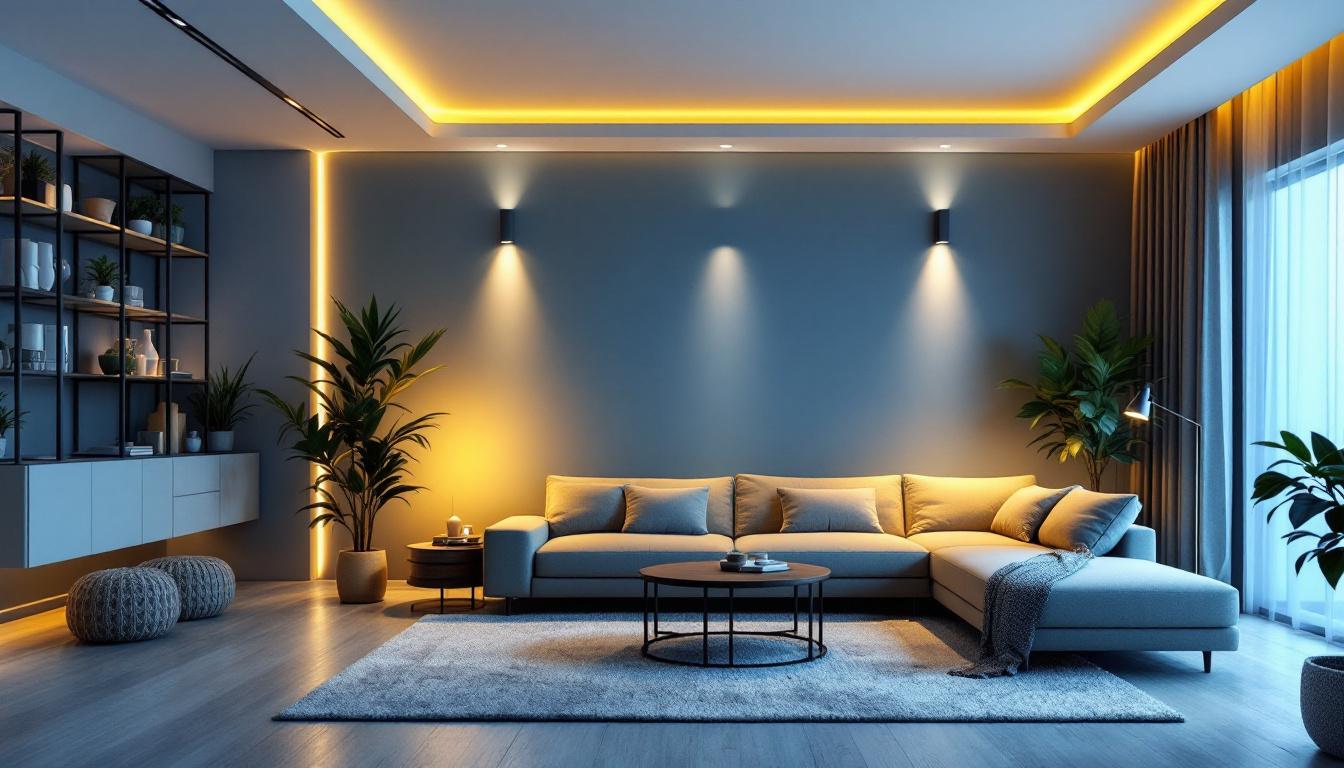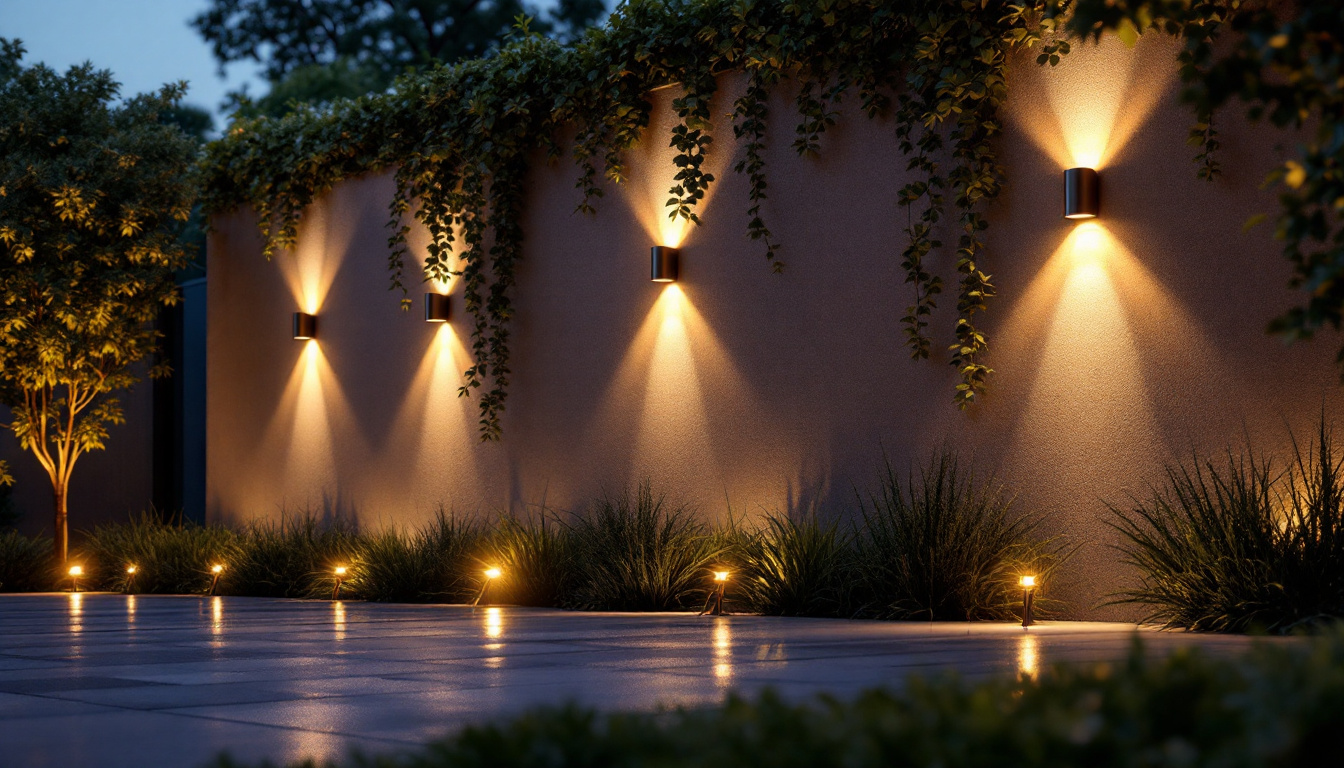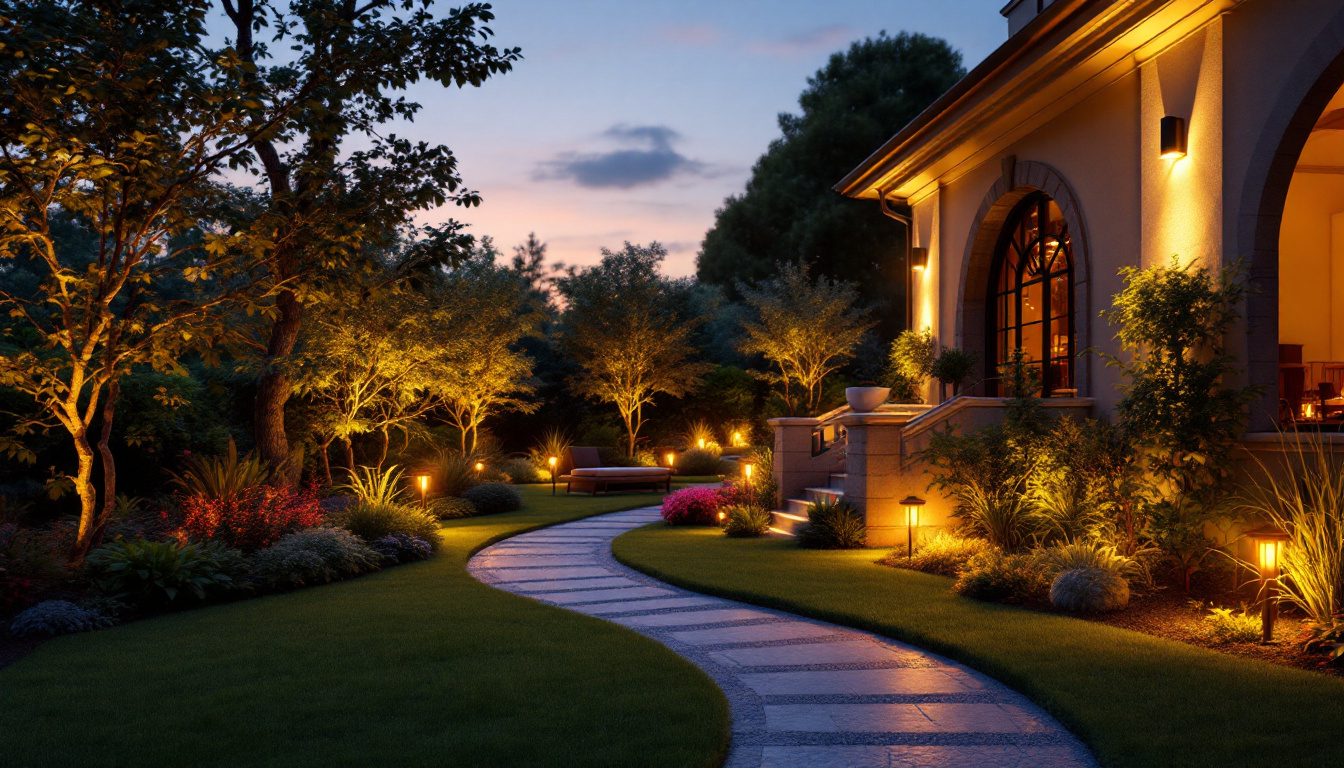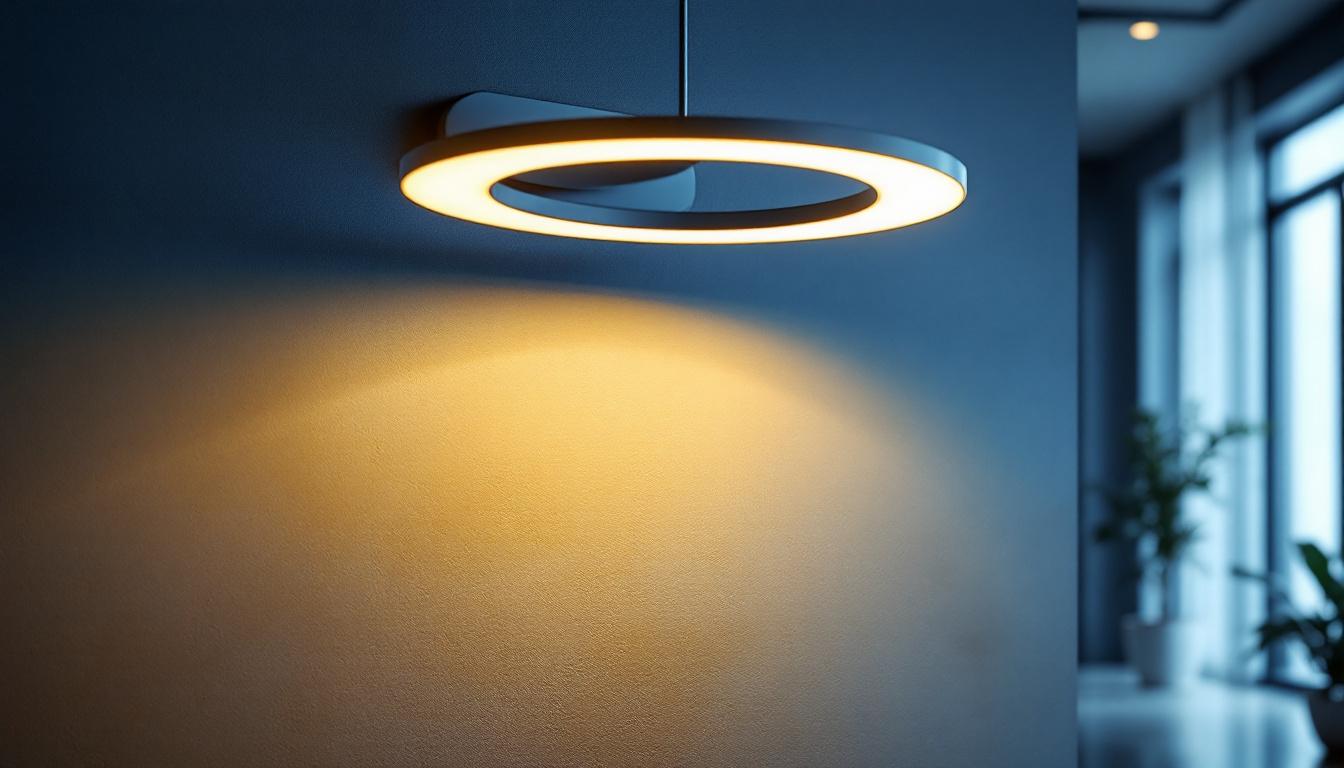
Recessed can lighting, often referred to as pot lighting or downlighting, is a popular choice among homeowners and designers for its sleek and unobtrusive appearance. This type of lighting is installed into the ceiling, creating a clean look that maximizes headroom and minimizes visual clutter. The fixtures are designed to be flush with the ceiling, allowing for a seamless integration into various interior designs. This minimalist approach not only enhances the aesthetic appeal of a room but also provides an opportunity to highlight architectural features or artwork without the distraction of bulky light fixtures.
These lights are versatile and can be used for various applications, including task lighting, accent lighting, and general illumination. They are particularly effective in areas where space is limited or where a more modern aesthetic is desired. For lighting contractors, understanding the nuances of recessed can lighting is essential for successful installations and satisfied clients. Additionally, the ability to adjust the angle of some recessed lights can create dynamic lighting effects, making them suitable for highlighting specific areas or creating ambiance in a room. This flexibility allows homeowners to tailor their lighting to suit different activities and moods throughout the day.
Recessed can lighting consists of three primary components: the housing, the trim, and the bulb. The housing is the metal can that holds the electrical components and is installed within the ceiling. It can be either new construction or remodel housing, depending on whether the fixture is being installed in a new build or an existing structure. Proper installation of the housing is critical, as it affects not only the light output but also the safety and longevity of the fixture. For instance, new construction housings are designed with brackets that secure them to the framing, while remodel housings often feature clips that allow them to be retrofitted into existing ceilings without extensive renovations.
The trim is the visible part of the fixture that sits flush with the ceiling. It comes in various styles and finishes, allowing for customization to match the decor of the space. Options range from simple white trims to more ornate designs, including baffle trims that reduce glare and reflector trims that enhance brightness. Lastly, the bulb type can vary, with options including LED, incandescent, and halogen, each offering different levels of brightness and energy efficiency. LED bulbs, in particular, have gained popularity due to their long lifespan and lower energy consumption, making them an environmentally friendly choice that can significantly reduce electricity bills over time. Understanding the interplay between these components can help homeowners and designers create an effective lighting scheme that is both functional and aesthetically pleasing.
Recessed can lighting offers numerous advantages that make it an attractive option for both contractors and homeowners. Its ability to provide even illumination while maintaining a low profile is one of its most significant benefits. This lighting solution can enhance the overall ambiance of a room without overwhelming the design. The sleek, unobtrusive nature of recessed lighting allows it to blend seamlessly into ceilings, creating a clean and modern look that is particularly appealing in contemporary interiors.
Moreover, recessed lighting can be strategically placed to highlight architectural features, artwork, or specific areas within a space. This flexibility allows for creative lighting designs that can transform ordinary rooms into extraordinary spaces. For instance, when used in a kitchen, recessed lights can illuminate countertops for cooking tasks while also creating a warm glow over dining areas. Additionally, energy-efficient bulbs can significantly reduce electricity costs, making recessed can lighting an economical choice over time. This combination of aesthetics and functionality makes it a popular choice among interior designers and homeowners alike.
With growing awareness of environmental issues, energy efficiency has become a priority for many homeowners. Recessed can lighting, particularly when equipped with LED bulbs, offers a sustainable solution. LED lights consume significantly less energy than traditional incandescent bulbs and have a longer lifespan, reducing the frequency of replacements. This longevity not only minimizes waste but also means less time and money spent on maintenance, making it a practical choice for busy households.
By promoting energy-efficient options, lighting contractors can appeal to eco-conscious clients and contribute to a more sustainable future. Furthermore, many municipalities offer incentives for energy-efficient upgrades, which can be an added selling point for contractors. These incentives can include rebates, tax credits, or grants, making the initial investment in recessed lighting even more attractive. As more homeowners seek to reduce their carbon footprint, the demand for such sustainable lighting solutions is likely to grow, positioning recessed can lighting as a forward-thinking choice in the evolving landscape of home design.
While recessed can lighting presents numerous benefits, it also comes with its set of challenges. Understanding these challenges is crucial for lighting contractors to ensure successful installations and client satisfaction.
One of the most significant challenges in installing recessed can lighting is dealing with space constraints. In existing homes, the ceiling structure may limit the size and placement of the fixtures. Contractors must carefully assess the available space and consider factors such as ceiling height, joist placement, and insulation.
In some cases, it may be necessary to use shallow housing options or adjust the layout to accommodate the existing structure. Proper planning and communication with clients about potential limitations can help manage expectations and lead to successful outcomes.
Electrical considerations are another critical aspect of recessed can lighting installation. Contractors must ensure that the existing electrical system can support the new fixtures. This includes evaluating the circuit load and determining if additional circuits are needed to prevent overloading.
Furthermore, ensuring proper wiring and connections is essential for safety and functionality. Contractors should be well-versed in local electrical codes and regulations to avoid potential issues during inspections. Keeping up-to-date with best practices in electrical work can help contractors navigate these challenges effectively.
Designing a lighting plan that incorporates recessed can lighting requires a thoughtful approach. Lighting contractors must consider the intended use of the space, the desired ambiance, and the overall aesthetic. A well-designed lighting plan can enhance the functionality of a room while also creating a visually appealing environment.
One effective strategy in designing with recessed can lighting is to layer light sources. By combining recessed lighting with other types of fixtures, such as pendant lights or wall sconces, contractors can create a dynamic lighting scheme that adds depth and interest to the space.
Layering light also allows for greater control over the ambiance. For example, using dimmable recessed lights can provide flexibility for different activities, from bright task lighting for cooking to softer illumination for entertaining. This versatility can significantly enhance the overall user experience.
Proper placement and spacing of recessed can lights are crucial for achieving optimal illumination. A common guideline is to space the fixtures approximately 4 to 6 feet apart, depending on the height of the ceiling and the wattage of the bulbs used. This spacing helps to ensure even light distribution without creating harsh shadows.
Contractors should also consider the focal points within the room. For instance, placing lights to highlight artwork or architectural features can draw attention to those elements and enhance the overall design. Thoughtful placement can make a significant difference in the effectiveness of the lighting plan.
Addressing the challenges associated with recessed can lighting installation requires a proactive approach. By anticipating potential issues and employing effective strategies, lighting contractors can ensure successful projects and satisfied clients.
Clear communication with clients is essential throughout the installation process. Contractors should take the time to discuss the project scope, potential challenges, and solutions. This transparency helps to build trust and ensures that clients are well-informed about what to expect.
Additionally, providing clients with visual aids, such as design mock-ups or lighting plans, can help them visualize the final outcome. This collaborative approach not only enhances client satisfaction but also minimizes the likelihood of misunderstandings or misaligned expectations.
Incorporating technology into the installation process can also help overcome challenges. Tools such as laser measuring devices can ensure precise measurements, while software applications can assist in designing lighting layouts. These technologies can streamline the installation process and improve accuracy, ultimately leading to better results.
Moreover, staying updated on the latest advancements in lighting technology can provide contractors with innovative solutions to common challenges. This knowledge can enhance their skill set and improve their ability to deliver high-quality installations.
Recessed can lighting is a versatile and aesthetically pleasing option that offers numerous benefits for both contractors and homeowners. Understanding the components, advantages, and challenges associated with this type of lighting is essential for successful installations. By effectively communicating with clients, employing innovative technologies, and designing thoughtful lighting plans, contractors can overcome challenges and deliver exceptional results.
As the demand for recessed can lighting continues to grow, lighting contractors who are well-versed in this area will be better positioned to meet client needs and enhance their business offerings. By staying informed and adaptable, contractors can navigate the complexities of recessed can lighting and contribute to the creation of beautiful, functional spaces.
Ready to elevate your lighting installations with the sleek appeal of recessed can lighting? At LumenWholesale, we provide lighting contractors with the highest quality, spec-grade lighting products at prices that can’t be beaten. Say goodbye to local distributor markups and hello to our extensive selection that meets rigorous industry standards. With free shipping on bulk orders, you can trust that you’re getting premium lighting solutions at the best value, with no hidden costs. Make your next project shine with the durability and performance of our lighting options. Wholesale Lighting at the Best Value is just a click away. Experience the LumenWholesale difference today!

Discover essential insights for lighting contractors with our comprehensive guide on outdoor wall lights.

Discover the best lighting for makeup with expert insights from lighting contractors. Learn key tips, common questions, and boost your beauty routine today!.

Discover how outdoor landscape lights are transforming the success of lighting contractors by enhancing aesthetics, boosting energy efficiency, and increasing client satisfaction.

Discover the ultimate checklist for lighting professionals focusing on surface mounted light fixtures.